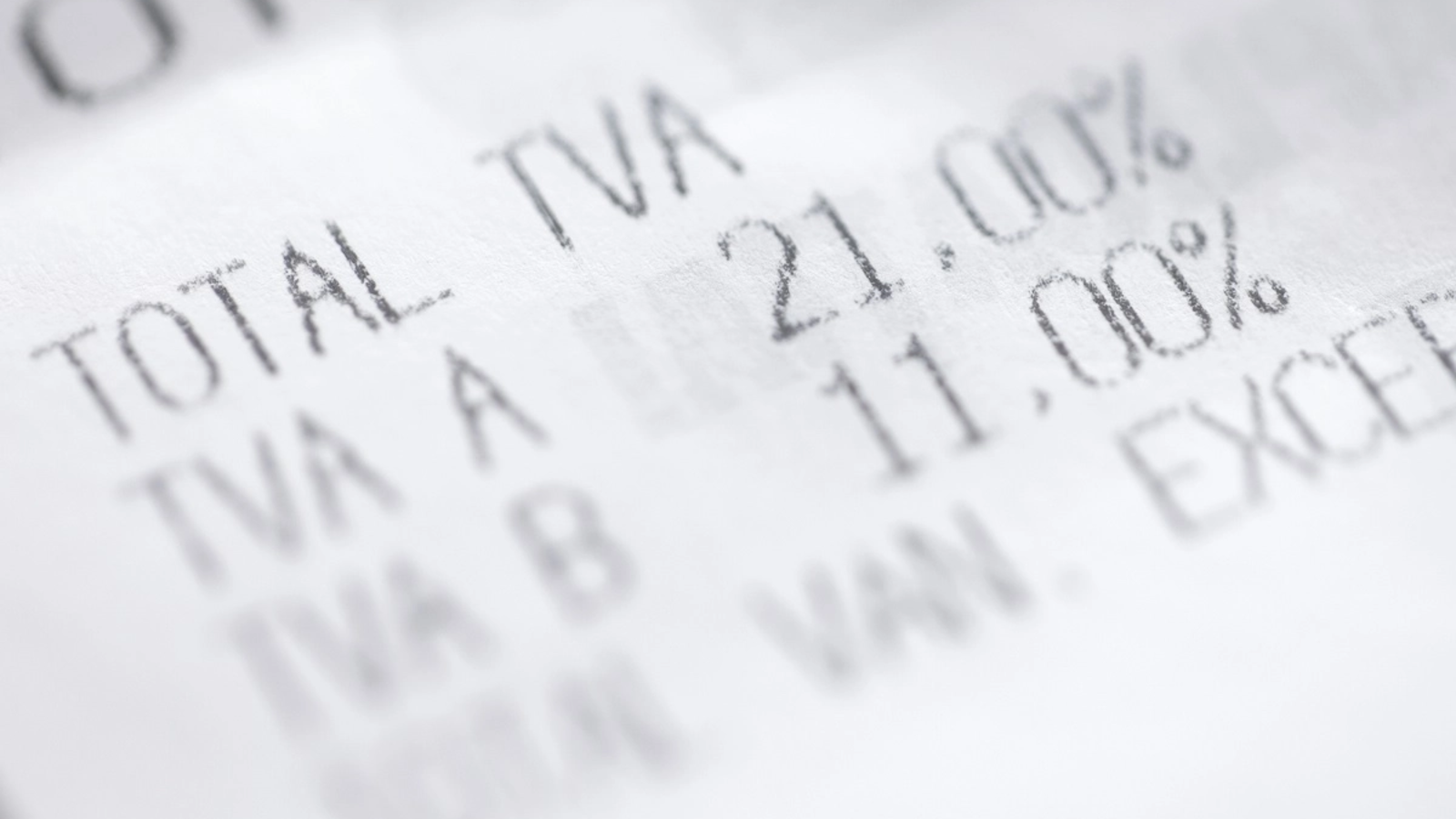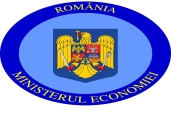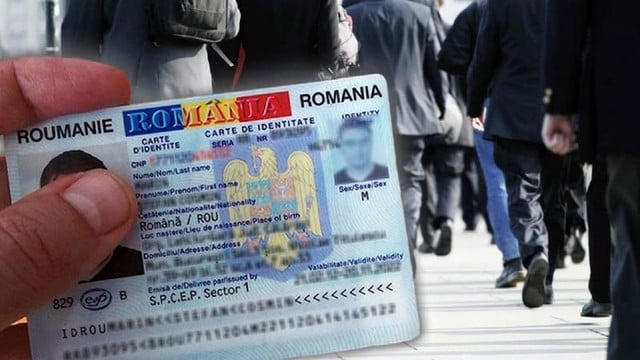The increase in VAT rates was transferred to a very large extent to consumer prices, including against the backdrop of the resilience of demand in certain segments and the increased level of short-term inflationary expectations, according to the minutes of the October 8 monetary policy meeting of the National Bank of Romania (BNR)'s Board.
"In discussions on the recent evolution of inflation, the Board members pointed out the substantial increases recorded in the annual inflation rate in the first two months of the third quarter of 2025, following which it rose to 9.85% in August, above the forecast level, from 5.66% in June, in the context of the expiry on July 1 of the electricity price cap scheme and the increase starting on August 1 of VAT and excise duty rates corresponding to the fiscal-budgetary package adopted in July. It was observed that the transitory direct effects of the two successive inflationary shocks on the supply side primarily affected the aggregate dynamics of the exogenous components of the consumer price index (CPI), mainly through the particularly large increase in the price of electricity," the BNR minutes read.
The central bank states that the annual adjusted CORE2 inflation rate accelerated its rise more than expected, reaching 7.9% in August, from 5.7% in June, amid significant increases in dynamics recorded in this period by all three subcomponents of core inflation, significantly more pronounced in the case of processed foods and services.
"Following the assessments, it was concluded that the increase in VAT rates was transferred to a very large extent to consumer prices, including against the backdrop of the resilience of demand in certain segments and the increased level of short-term inflationary expectations. In addition to the major and above-expected impact of the increase in indirect taxes in August, the evolution of the core inflation component also reflects influences still coming from the increase in the prices of some agri-food goods and from the still high dynamics of salary costs, which were joined in this interval by those arising from the indirect effects of the increase in the price of electricity and fuels, the Board members agreed," the document reads.
In this context, the BNR specifies that references were made to the new increases recorded in July and August in the annual dynamics of industrial production prices for consumer goods, against the background of increased costs, but especially to the large jump recorded in the same interval in the short-term inflationary expectations of companies and consumers. It was noted, however, that the longer-term inflationary expectations of banking analysts experienced an obvious downward adjustment in September, after having remained close to the upper limit of the target range for more than four quarters, and the dynamics of the real disposable income of the population decreased sharply in June-July, mainly under the influence of the increase in the inflation rate, while remaining positive.
As to future developments, the Board members indicated that, according to new data and analyses, the annual inflation rate will reach a plateau at the end of the third quarter and will decline very slowly in the last three months of the current year, on a higher trajectory than that highlighted in the August medium-term forecast, which peaked at 9.2% in September and stood at 8.8% in December 2025.
According to the press release, it was observed that the worsening of the near-term inflation outlook compared to the August forecast is almost entirely attributable to supply-side factors/shocks, mainly to the direct transitory effects exerted by the expiry on July 1 of the electricity price cap scheme and the increase starting on 1 August of VAT and excise duty rates, which have propelled both the aggregate dynamics of the exogenous components of the CPI, as well as the dynamics of core inflation.































Comentează